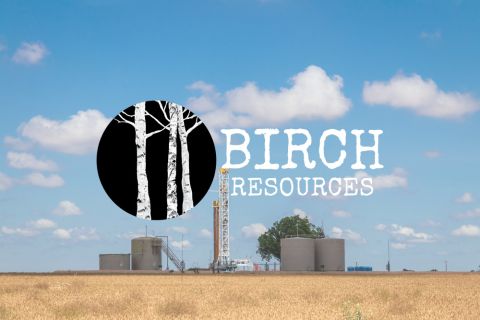Deep-pocketed financial players, such as commercial banks and investment banks, are being drawn to the midstream market, where they are teaming with experienced energy managers to start gas-marketing ventures or acquire midstream assets. Amid the recent dizzying pace of midstream-asset turnover, commercial banks such as Wachovia, investment banks such as Bear Stearns, and private-capital providers such as Natural Gas Partners, are getting into the act. The flurry of assets changing hands can be attributed, in part, to the demise or repositioning of the mega-merchants of old such as Enron and El Paso Corp. The shake-up had a domino effect, causing many companies to sell significant, and often attractive, physical assets to generate urgently needed cash. "The collapse of the mega-merchants created a ripple effect through the entire industry in the form of increased stakeholder scrutiny of corporate financials, new regulation, and an emphasis on credit management and credit risk," says Gary Vasey, vice president of UtiliPoint International's trading and risk-management practice. "Under these pressures, many larger companies have to clean up their balance sheets. This industry introspection is often the basis for the sale of assets that are very attractive to others." The continuing adjustment of asset portfolios and business models enables new, non-traditional players such as energy hedge funds, investment banks and master limited partnerships (MLPs) to enter the playing field. And many executives have started new midstream firms as well, to aggregate assets. "Overall, investors appear to be warming to the midstream sector, " Vasey says. "Funding is more readily available for this type of investment than it has been in the past." For more on this, see the January issue of Oil and Gas Investor. For a subscription, call 713-993-9325, ext. 129.
Recommended Reading
Baker Hughes Defies Nature with an Upgrade to Ol’ Fashioned Cement
2024-10-15 - Baker Hughes’ InvictaSet uses regenerative capabilities to provide operators with a sustainable cement solution that can last for years.
E&P Highlights: Oct. 14, 2024
2024-10-14 - Here’s a roundup of the latest E&P headlines, including another delay at one of the largest gas fields in the world and two major contracts in West Africa.
Bowman Consulting to Manage, Monitor Delaware Basin Wells
2024-10-14 - Bowman Consulting Group’s scope of work includes conducting detailed field surveys of above-ground infrastructure assets across well sites of up to to 8 acres.
KBR Awarded Engineering, Procurement Contract by Shell
2024-10-14 - KBR said it will provide engineering and procurement services for Shell's onshore portion of Manatee gas field project in Trinidad and Tobago.
Hot Permian Pie: Birch’s Scorching New Dean Wells in Dawson County
2024-10-14 - Birch Resources is continuing its big-oil-well streak in the Dean formation in southern Dawson County with two new wells IP’ing up to 2,768 bbl/d.
Comments
Add new comment
This conversation is moderated according to Hart Energy community rules. Please read the rules before joining the discussion. If you’re experiencing any technical problems, please contact our customer care team.





